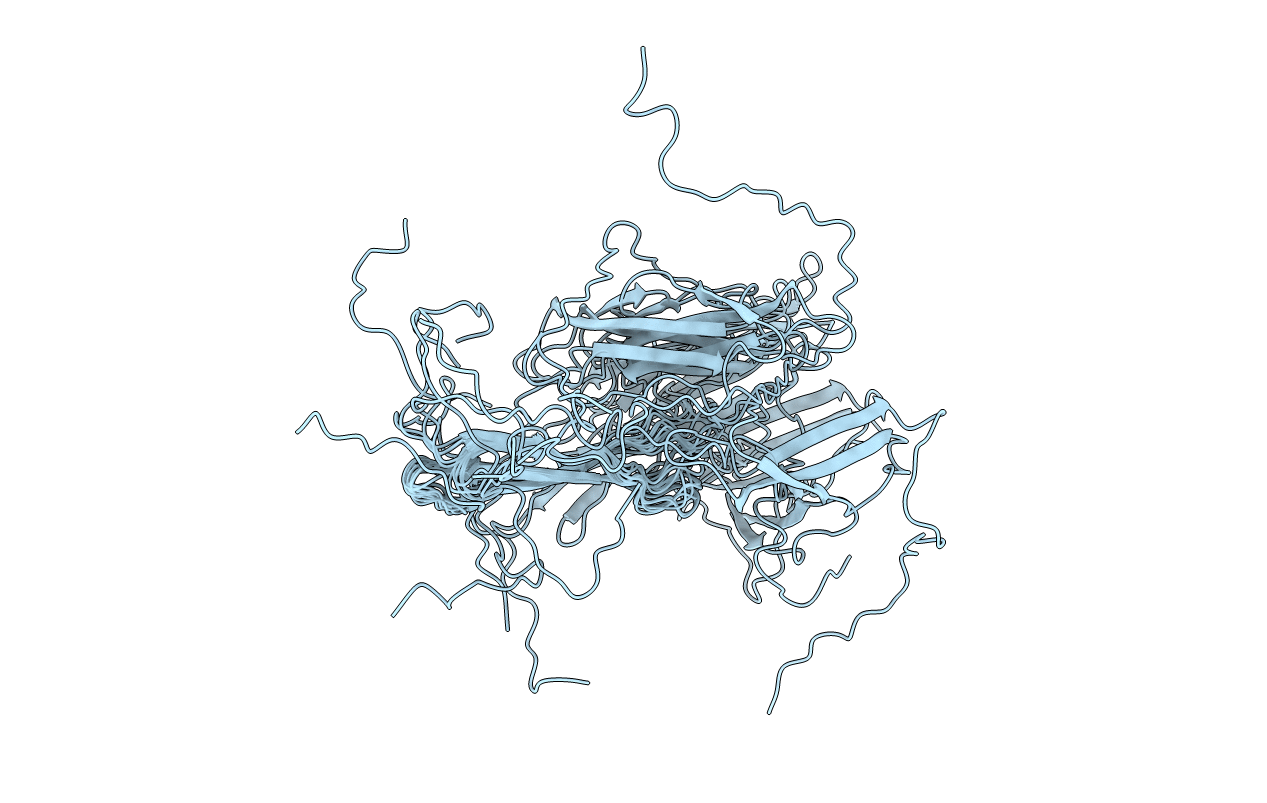
Deposition Date
2015-08-20
Release Date
2016-04-20
Last Version Date
2024-11-20
Method Details:
Experimental Method:
Conformers Calculated:
100
Conformers Submitted:
10
Selection Criteria:
structures with the least restraint violations


